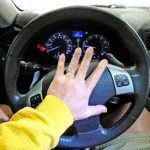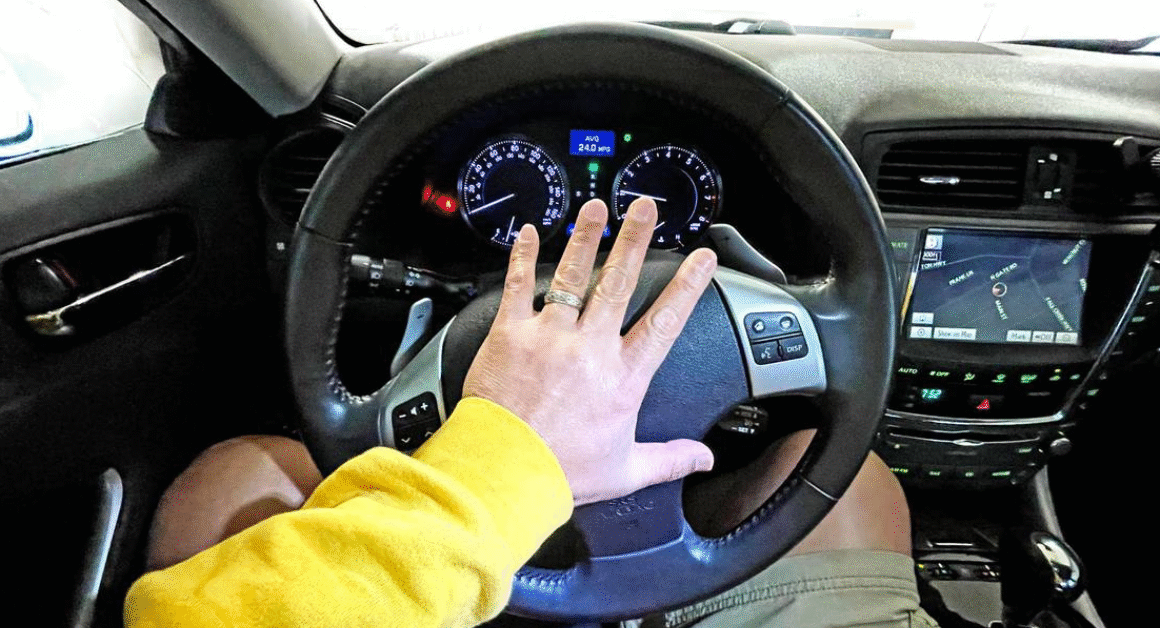Choosing the perfect neighborhood to raise children is more than just finding a place to live; it forms the very foundation of their childhood experiences. A recent Pew Research Center survey reveals that parents who rate their neighborhoods highly report significantly fewer concerns about their children’s well-being compared to those in less favorable areas. But what kinds of communities truly foster family thriving? Below, we explore the six best types of neighborhoods that provide a unique balance of safety, connection, and opportunities for children and their families.
Walkable Urban Communities Offer Early Independence and Convenience
Not all city neighborhoods are overwhelming concrete jungles. Many urban areas have been thoughtfully redesigned with wide sidewalks, pocket parks, and stroller-friendly greenways that invite families outdoors. These walkable urban communities are filled with amenities such as grocery stores, libraries, and after-school programs within easy walking distance, allowing children to gain early independence by biking or walking to activities like piano lessons or playground meetups.
For parents, the advantages include reduced time behind the wheel, less stress, and lower transportation costs. When evaluating such neighborhoods, key indicators of family-friendliness include:
- Long enough crosswalk signals for children to cross safely
- Speed-calming street measures
- The presence of other families and children on foot, even during evening hours
Planning experts emphasize that walkability not only encourages physical activity but also fosters social confidence in children. To gauge a neighborhood’s walkability, tools like the Walk Score neighborhood index can provide valuable insights.
Suburbs With Strong School Districts Provide Safety and Stability
Neighborhoods centered around top-rated school districts remain a popular choice for families. Such suburbs typically feature safe streets with low traffic speeds, well-funded schools, active parent-teacher associations, and abundant youth programs.
- Green spaces for outdoor activities
- Low traffic speeds increasing safety
- Stable property values offering long-term investment
These attributes contribute to communities ranked highly in annual reports like Niche’s “Best Places for Families.” Parents often value the combination of excellent education and a secure environment that these suburbs provide.
The Charm of Tight-Knit Small Towns Creates a Supportive Environment
Small towns characterized by close-knit communities offer children a unique sense of security thanks to the many trusted adults surrounding them. In these towns, coaches may also serve as community leaders, shopkeepers know families personally, and local businesses actively support youth sports teams.
Community events such as parades, holiday celebrations, and farmers’ markets serve as vital social touchpoints, fostering strong roots for children. When considering small towns, families should also assess:
- Accessibility to specialized healthcare
- Availability of advanced extracurricular activities
- Community warmth and social diversity, best experienced firsthand by attending local events
This close community involvement nurtures children’s social skills and belongingness, making it an ideal environment for many families.
Master-Planned Communities Make Family Life Easier
Designed explicitly for families, master-planned communities often include features such as playgrounds, splash pads, and on-site schools. These developments prioritize lower traffic volumes and safer walking paths, creating a village-like atmosphere.
Parents appreciate how these neighborhoods facilitate social connections, making it easier to find playdates, babysitters, and participate in community events without hassle.
Inclusive Neighborhoods Promote Accessibility and Empathy
Family-friendly communities must cater to all children, including those with disabilities. Neighborhoods equipped with ADA-compliant ramps, inclusive playground equipment, and accessible community centers promote empathy and foster peer connections.
Urban planners note that universal design benefits everyone — not just those with disabilities — by creating spaces that are straightforward to navigate and welcoming to all residents.
Child Health-Focused Areas Enhance Well-Being
Some neighborhoods are intentionally planned with children’s health as a priority. These areas feature extensive bike trails, community gardens, and quick access to pediatric care facilities.
According to research from County Health Rankings & Roadmaps, children living in green-space rich communities with ample health resources experience better physical and mental outcomes over the long term.
Choosing Your Family’s Ideal Neighborhood
While no neighborhood is perfect and every family values different aspects, the environment in which children grow profoundly shapes their friendships, habits, and security. Parents are encouraged to:
- Tour schools and community spaces thoroughly
- Engage with prospective neighbors
- Experience the neighborhood at various times of day to assess the atmosphere
- Trust their instincts about what feels right for their family
After all, selecting a neighborhood is about choosing the very backdrop of your child’s childhood journey.
“Parents who rate their neighborhoods highly report far fewer worries about their kids’ well-being,” says a recent Pew Research Center survey, underscoring the importance of community choice.
We Want to Hear From You
What kind of neighborhood feels best for your family? Have you experienced the benefits of walkable urban areas, tight-knit small towns, or master-planned communities? Share your thoughts and experiences in the comments below!













